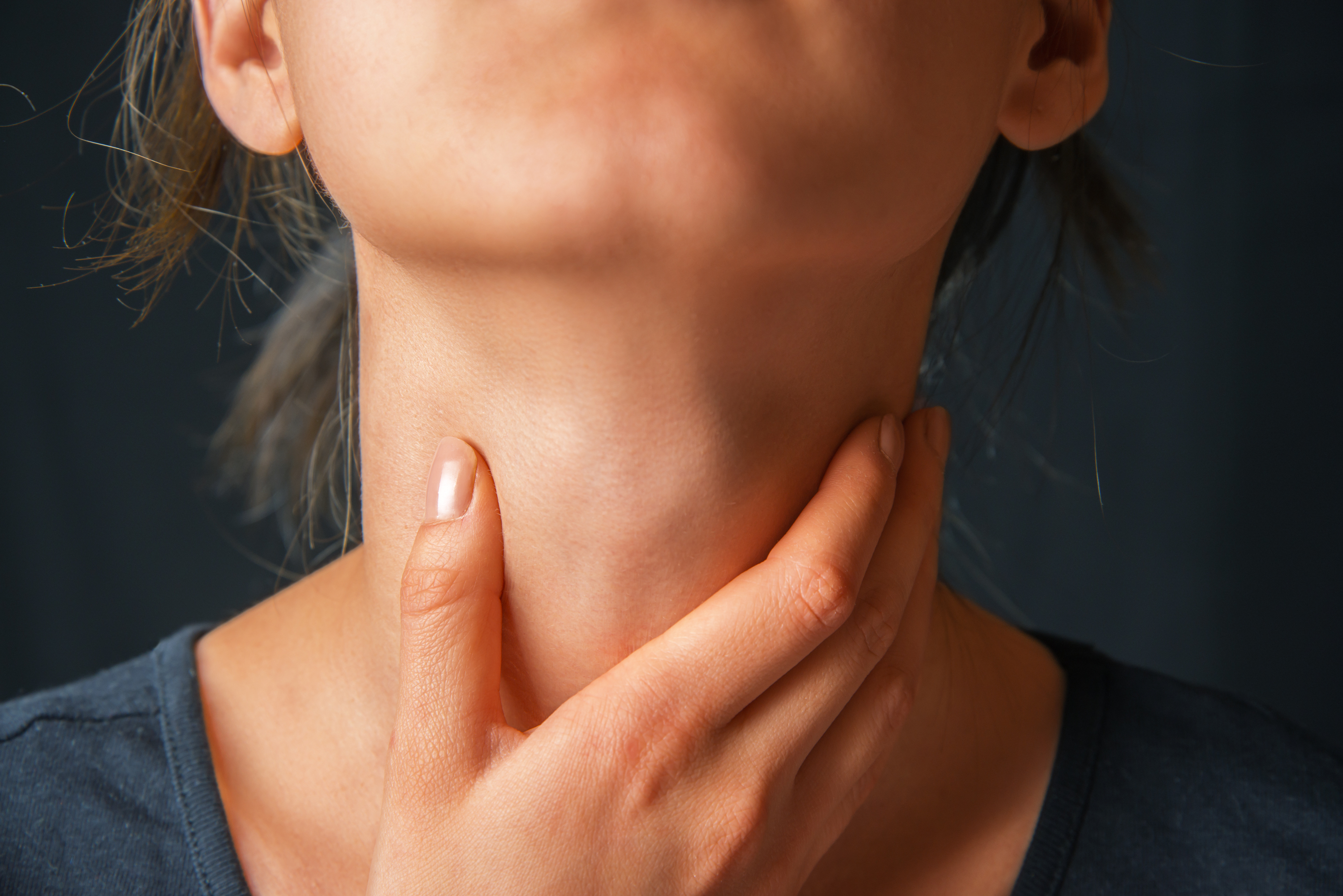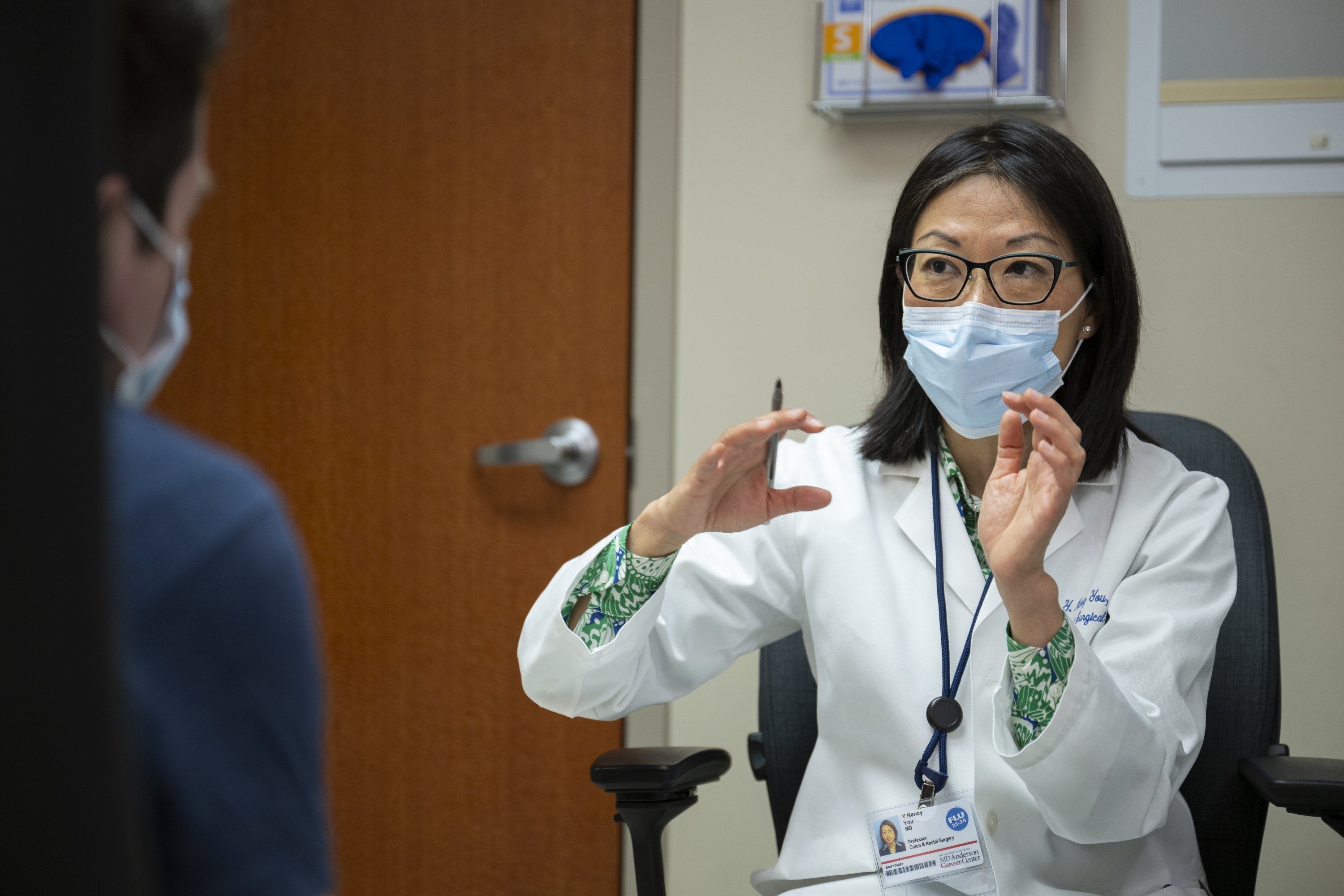- Diseases
- Acoustic Neuroma (14)
- Adrenal Gland Tumor (24)
- Anal Cancer (68)
- Anemia (2)
- Appendix Cancer (16)
- Bile Duct Cancer (26)
- Bladder Cancer (72)
- Brain Metastases (28)
- Brain Tumor (232)
- Breast Cancer (714)
- Breast Implant-Associated Anaplastic Large Cell Lymphoma (2)
- Cancer of Unknown Primary (4)
- Carcinoid Tumor (8)
- Cervical Cancer (158)
- Colon Cancer (166)
- Colorectal Cancer (118)
- Endocrine Tumor (4)
- Esophageal Cancer (44)
- Eye Cancer (36)
- Fallopian Tube Cancer (8)
- Germ Cell Tumor (4)
- Gestational Trophoblastic Disease (2)
- Head and Neck Cancer (12)
- Kidney Cancer (128)
- Leukemia (342)
- Liver Cancer (50)
- Lung Cancer (286)
- Lymphoma (278)
- Mesothelioma (14)
- Metastasis (30)
- Multiple Myeloma (100)
- Myelodysplastic Syndrome (60)
- Myeloproliferative Neoplasm (6)
- Neuroendocrine Tumors (16)
- Oral Cancer (100)
- Ovarian Cancer (172)
- Pancreatic Cancer (160)
- Parathyroid Disease (2)
- Penile Cancer (14)
- Pituitary Tumor (6)
- Prostate Cancer (146)
- Rectal Cancer (58)
- Renal Medullary Carcinoma (6)
- Salivary Gland Cancer (14)
- Sarcoma (238)
- Skin Cancer (296)
- Skull Base Tumors (56)
- Spinal Tumor (12)
- Stomach Cancer (64)
- Testicular Cancer (28)
- Throat Cancer (92)
- Thymoma (6)
- Thyroid Cancer (98)
- Tonsil Cancer (30)
- Uterine Cancer (80)
- Vaginal Cancer (16)
- Vulvar Cancer (20)
- Cancer Topic
- Adolescent and Young Adult Cancer Issues (20)
- Advance Care Planning (10)
- Biostatistics (2)
- Blood Donation (18)
- Bone Health (8)
- COVID-19 (362)
- Cancer Recurrence (120)
- Childhood Cancer Issues (120)
- Clinical Trials (632)
- Complementary Integrative Medicine (22)
- Cytogenetics (2)
- DNA Methylation (4)
- Diagnosis (232)
- Epigenetics (6)
- Fertility (62)
- Follow-up Guidelines (2)
- Health Disparities (14)
- Hereditary Cancer Syndromes (126)
- Immunology (18)
- Li-Fraumeni Syndrome (8)
- Mental Health (116)
- Molecular Diagnostics (8)
- Pain Management (62)
- Palliative Care (8)
- Pathology (10)
- Physical Therapy (18)
- Pregnancy (18)
- Prevention (918)
- Research (392)
- Second Opinion (74)
- Sexuality (16)
- Side Effects (604)
- Sleep Disorders (10)
- Stem Cell Transplantation Cellular Therapy (216)
- Support (402)
- Survivorship (322)
- Symptoms (182)
- Treatment (1786)
A cancer survivor's guide to exercise and heart rate
3 minute read | Published February 05, 2018
Medically Reviewed | Last reviewed by an MD Anderson Cancer Center medical professional on February 05, 2018
As a cancer survivor, you know that exercise is one of the key factors in lowering your risk of cancer recurrence. But how do you know if you’re exercising enough -- or hard enough? That part is trickier. And that’s where your heart rate comes in.
Your heart rate indicates how quickly your heart is pumping blood – in other words, how hard it’s working. Knowing your heart rate can help you determine if you need to back off to make sure you’re staying safe or if you need to increase the intensity to truly gain the benefits of exercise.
It’s possible your doctor may want you to limit certain exercises, so be sure to discuss any workout routine before you start. The American Institute for Cancer Research and the American College of Sports Medicine recommend 150 minutes of moderate physical activity or 75 minutes of vigorous exercise each week.
Your heart rate is one way to determine if the exercise you’re doing is vigorous or not. We talked with Whittney Thoman, exercise physiologist at MD Anderson’s Cancer Prevention Center, to learn more about what cancer survivors need to know about heart rate and exercise. Here’s what she had to say.
Learn how to determine your heart rate
One way to measure this is to use a heart rate monitor. This device is typically a watch or a strap that goes around your arm or chest. If the heart rate monitor says you’re working at 50 to 70% of your maximum heart rate, then the exercise is considered moderate. If the heart rate monitor shows that you’re working at 70 to 85% of your maximum heart rate, then it’s vigorous exercise – the kind your doctor may want you to limit.
To find your maximum heart rate, subtract your age from 220. For example, if you’re 45 years old, subtract 45 from 220 to get a maximum heart rate of 175. This is the maximum number of times your heart should beat per minute during exercise.
If you don’t have a heart rate monitor, you can check your heart rate using your pulse. To find your pulse, use two fingers (your middle and your index fingers) to find your carotid artery, just below your esophagus or throat. Then count the beats you feel for 10 seconds. Multiply that number by six. That’s roughly the number your heart beats per minute.
Check your pulse while resting and then again during or after completing an exercise to compare your resting heart rate to your increased heart rate. If you’re worried about an increased heart rate causing other health problems or you’ve had heart problems in the past, talk to your doctor before you begin exercising at a higher intensity.
Take a stress test
A stress test -- also called a treadmill test or exercise test -- helps your doctor find out how your heart responds to different physical activities. This test can help you determine what level you should be exercising at. MD Anderson’s Healthy Heart Program can help you get started. Talk to your MD Anderson doctor to request a referral.
Avoid extreme temperatures
Exercising when it’s too hot or too cold can force your heart to work harder, and your body may be extra sensitive to extreme temperatures during and after cancer treatment. If it’s too hot or too cold, opt for the gym instead of heading outside. (Or try some indoor activities, like yoga or exercise videos, that don’t require the gym.)
Consider your specific health and side effects
Your heart rate is one indicator of your health and fitness, but it can’t tell you everything. So, be sure to talk to your doctor about which exercises are right for you.
Request an appointment at MD Anderson online or by calling 1-877-580-0354.






